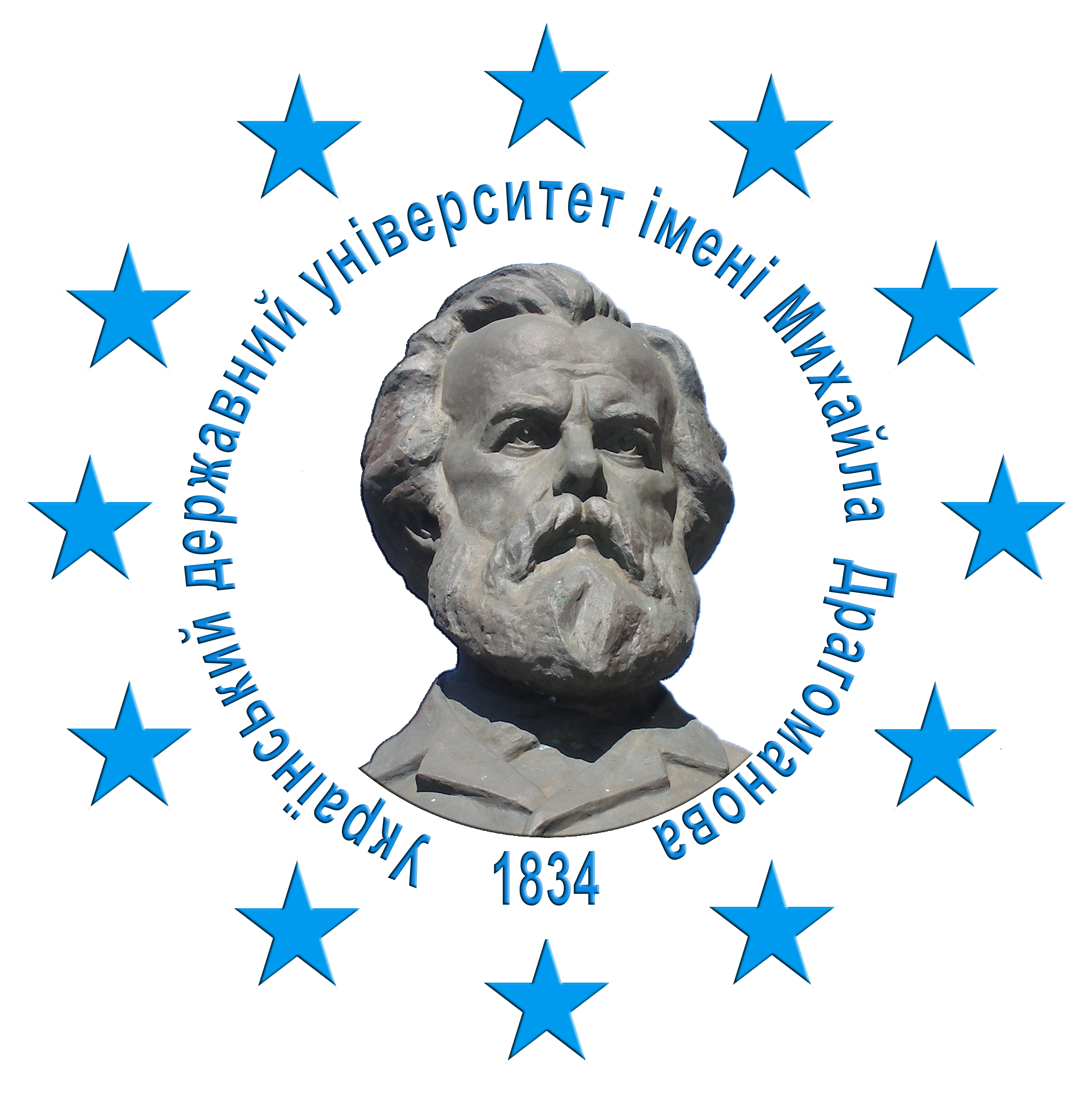PHILOSOPHICAL AND BIOETHICAL ASPECTS OF DEATH AND DYING
DOI:
https://doi.org/10.31392/cult.alm.2024.2.24Keywords:
death, dying, soteriological culture, hedonistic culture, criteria of death, vegetative state, complete brain destruction, clinical death, biological death, active dying, euthanasia, assisted suicide, medicalization, technologization of death and dying.Abstract
Reflections on death and dying have always troubled humanity. Their comprehension carries a culture-forming significance and invariably intensifies during periods of war, epidemics, and catastrophes. Compassion towards the dying is an important aspect of humanity. In science, the notion of the dominance of two cultures regarding death and dying has become established – soteriological and hedonistic. The European tradition of philosophical contemplation of the problem of dying and death was established in antique times. From the 17th century, death and dying have become subjects of scientific knowledge. Thanks to advances in medicine and pharmacology throughout the 20th century, death and dying have become medicalized. The issue of dying comes to the forefront. Since the early 1970s, the achievements of biomedicine and biotechnology have technologized, administered, and, to some extent, commercialized dying and death. Bioethics, including biomedical ethics, becomes the main platform for contemplating the possibilities, significance, and consequences of applying the achievements of biomedicine and biotechnology for individuals and humanity as a whole. Their development and application, including at the stage of completing human life, creating ethically charged situations between doctor and patient, medicine, and society, determined the formation of bioethics as a new ethical system. The search for new criteria for death takes into account the need for legal provision of posthumous transplantation. Death, to some extent, becomes a technological epiphenomenon. Thanks to the development of modern medicine and healthcare, the zone of dying as a state of uncertainty changes qualitatively, and its temporal dimension expands and varies from decades to several minutes of clinical death.
References
Августин, Блаженний (2005). Про Місто Боже [пер. з латини П. Содомори]. Патріярхат, № 4.
Августин, Святий (1999). Сповідь [пер. з латини Ю. Мушака]. Київ: Основи, 319 c.
Agamben, G. (1998). Homo Sacer: Sovereign power and bare life. Stanford University Press, 228 p. URL: https://abahlali.org/files/Homo+Sacer.pdf.
Ariès, P. (2014). L’homme devant la mort. Collection: L’Univers historique Éditeur, 570 p. URL: https://philippe-aries.histoweb.net/spip.php?article75.
Asthana, A. (2009). I watched as my parents faced their dignified, peaceful death – together. URL: https://www.theguardian.com/society/2009/jul/19/dignitas-assisted-suicide-edward-downes.
Beecher, H.K. (1968). A definition of irreversible coma: report of the Ad Hoc Committee of the Harvard Medical School to examine the definition of brain death. Jama, 205 (6), 337–340. URL: https://jamanetwork.com/journals/jama/article-abstract/340177.
Євангеліє від Іоана. (2004). Біблія. Книги Священного Писання Старого і Нового Завіту: в українському перекладі з паралельними місцями [пер. Патріарха Філарета (Денисенка)]. Видання Київської Патріархії Української Православної Церкви Київського Патріархату, 1416 c.
Закон України. (1993). Основи законодавства України про охорону здоров’я. Відомості Верховної Ради України (ВВР), 4, 2801–2812. URL: https://zakon.rada.gov.ua/laws/show/2801-12#Text.
Hui, D., Nooruddin, Z., Didwaniya, N., Dev, R., De La Cruz, M., Kim, S. H., & Bruera, E. (2014). Concepts and definitions for “actively dying”, “end of life”, “terminally ill”, “terminal care” and “transition of care”: a systematic review. Journal of pain and symptom management, 47 (1), 77–89. URL: https://pubmed.ncbi.nlm.nih.gov/23796586.
Khaltourina, D., Matveyev, Y., Alekseev, A., Cortese, F., & Ioviţă, A. (2020). Aging fits the disease criteria of the international classification of diseases. Mechanisms of ageing and development, 189, 111–230. URL: https://pubmed.ncbi.nlm.nih.gov/32251691.
Місержи, С.Д. (2019). Гібридизація людини та техніки як трансформація межі тілесності: в контексті біомедичної етики. Proceedings of the National Aviation University Series Philosophy Cultural, 30 (2), 157–162.
Місержи, С.Д. (2020). Концепт справедливості та політика у сфері охорони здоров’я. Науковий журнал «ПОЛІТИКУС», 1, 31–37.
Місержи, С.Д. (2022). Проблеми інформованості добровільної згоди пацієнта в контексті розвитку біомедицини. Філософія релігії та медицини в постсекулярну добу: матеріали ІV Міжнар. наук.-практ. конф., присвяченої пам’яті свт. Луки (В.Ф. Войно-Ясенецького). НМУ ім. О. О. Богомольця, 163–165.
Nessman, R. (1996). Karen Ann Quinlan’s Parents Reflect on Painful Decision 20 Years Later. Los Angeles Times. URL: https://web.archive.org/web/20150315062427/http://articles.latimes.com/1996-04-07/news/mn-55744_1_karenann-quinlan.
Платон. (1999). Діалоги [пер. з давньогр.]. Основи. 395 с.
Sartre, J.P. (1943). L’être et le néant. Paris, France: Gallimard. 712 p.
«Сіднейська декларація щодо констатації факту смерті». (1968). URL: https://zakononline.com.ua/documents/show/140230___140230.
Scutti, S. (2019). How does someone in a vegetative state have a baby? 9 січня. URL: https://edition.cnn.com/2019/01/09/health/vegetative-state-pregnancies/index.html,
Усенко, Л.В., Царьов, А.В. (2020). Володимир Неговський: здійснення мрії. Медицина невідкладних станів, 16, № 7–8. С. 136–145.
Warraich, H. (2017). Modern death: How medicine changed the end of life. New York: St. Martin’s Press. 336 p.
World Health Organization. (2018). ICD-11: Classifying disease to map the way we live and die. Washington, DС. URL: http://www.who.int/health-topics/international-classification-of-diseases.








